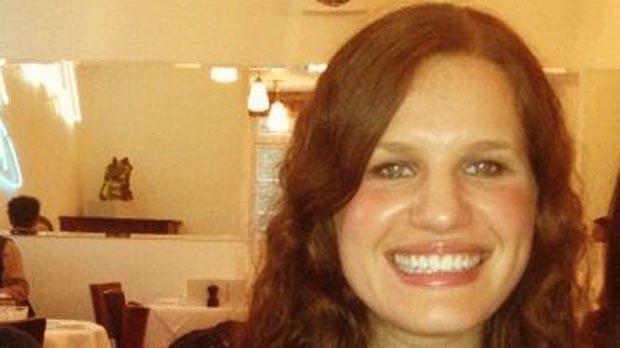
“I was keen to go on a clinical trial. I wanted to try new cancer treatments and hopefully help future generations.”
This study looked at blood samples from people with breast cancer to see why they had different side effects and results from the same chemotherapy.
It included women who had taken part in one of the following breast cancer trials:
Or, had  or epirubicin with CMF chemotherapy.
or epirubicin with CMF chemotherapy.
Researchers believe that side effects and differences in results could be linked to how the body processes chemotherapy.
In this study, they used blood samples to look at the characteristics of certain genes that tell the body how to process drugs. They looked at the side effects and treatment outcome of each person in the study. They built a record (profile) of these results.
They hoped that, in the future, doctors might be able to look at this record and predict which chemotherapy will work best for a particular person.
This aims of this study were to:
These results are in 3 parts.
Part 1 - common chemotherapy side effects and treatment outcome (prognosis)
6, 248 women took part in this study. To begin with, the study team collected information about 13 common side effects the women had while having chemotherapy. Some of these included:
 )
)
The doctors rated the side effects from mild to severe (from grade 0 to grade 4).
They also did some analysis to work out the likely outcome of someone with breast cancer (their prognosis). This was based on a number of factors including the stage and grade of the cancer and hormone receptors on the cancer cell.
They then looked to see if there was a link between having any of the side effects and:
They found a link with both of these and having a severe (grade 3 or worse) drop in the number of white blood cells (neutropenia).
So the research team say having severe neutropenia might help predict who is going to survive breast cancer or remain relapse free for longer. They didn’t find a link with any of the other side effects.
Other findings were:
 ) were more likely to have severe neutropenia than people who were overweight or obese
) were more likely to have severe neutropenia than people who were overweight or obeseThe trial team concluded that there is a significant link with having severe neutropenia caused by chemotherapy and improved survival.
Part 2 - genes that affected side effects
The study team collected 1, 335 blood or saliva samples from women who took part and had a drug called paclitaxel. The  was extracted and stored.
was extracted and stored.
The study team were looking for small variations (SNPS’s) within genes that might lead to an increased risk of having a side effect that causes tingling or numbness in hands or feet (peripheral neuropathy).
They looked at 73 possible changes (SNPS’s) in 50 genes to see how they affect peripheral neuropathy risk.
The study team found there were 2 small changes within these 50 genes that could possibly increase the risk of having numbness or tingling in the hands or feet.
Part 3 - finding new genetic variations linked to surviving breast cancer
The study team looked at the genetic information of women who took part in this study and some other European studies. They had information for 37, 974 people whose ancestors were from Europe.
The study team were looking for new genetic variations linked with breast cancer survival. An overview of these studies (a meta analysis) found 1 possible new genetic area linked with breast cancer survival. It was found in people whose breast cancer cells didn’t have receptors for the hormone oestrogen ( or ER negative breast cancer).
or ER negative breast cancer).
This was the largest study looking at genes linked with breast cancer survival. The study team say that finding genetic variations to predict treatment outcome is possible. But there is still a lot of work that needs to be done.
Please note: In order to join a trial you will need to discuss it with your doctor, unless otherwise specified.
Dr Jean Abraham
Cambridge University Hospitals NHS Foundation Trust
Cancer Research UK
Experimental Cancer Medicine Centre (ECMC)
NIHR Clinical Research Network: Cancer
University of Cambridge
If you have questions about the trial please contact our cancer information nurses
Freephone 0808 800 4040

“I was keen to go on a clinical trial. I wanted to try new cancer treatments and hopefully help future generations.”